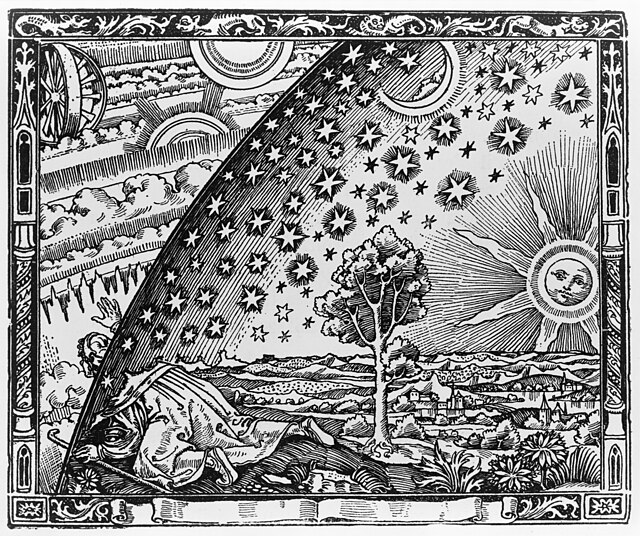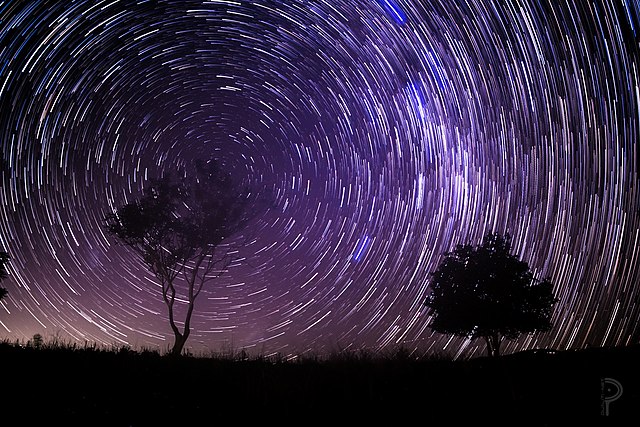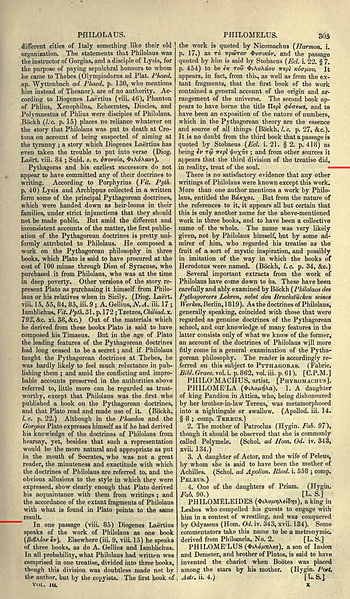The cosmos is an alternative name for the universe or its nature or order. Usage of the word cosmos implies viewing the universe as a complex and orderly system or entity.
Flammarion engraving, Paris 1888
Stars rotating in the night sky
Copernicus' Heliocentric Solar System
Excerpt from Philolaus Pythagoras book (Charles Peter Mason, 1870)
The universe is all of space and time and their contents. It comprises all of existence, any fundamental interaction, physical process and physical constant, and therefore all forms of energy and matter, and the structures they form, from sub-atomic particles to entire galaxies. Space and time, according to the prevailing cosmological theory of the Big Bang, emerged together 13.787±0.020 billion years ago, and the universe has been expanding ever since. Today the universe has expanded into an age and size that is physically only in parts observable as the observable universe, which is approximately 93 billion light-years in diameter at the present day, while the spatial size, if any, of the entire universe is unknown.
The Hubble Ultra-Deep Field image shows some of the most remote galaxies visible to present technology (diagonal is ~1/10 apparent Moon diameter)
Astronomers have discovered stars in the Milky Way galaxy that are almost 13.6 billion years old.
The three possible options for the shape of the universe
The formation of clusters and large-scale filaments in the cold dark matter model with dark energy. The frames show the evolution of structures in a 43 million parsecs (or 140 million light-years) box from redshift of 30 to the present epoch (upper left z=30 to lower right z=0).








